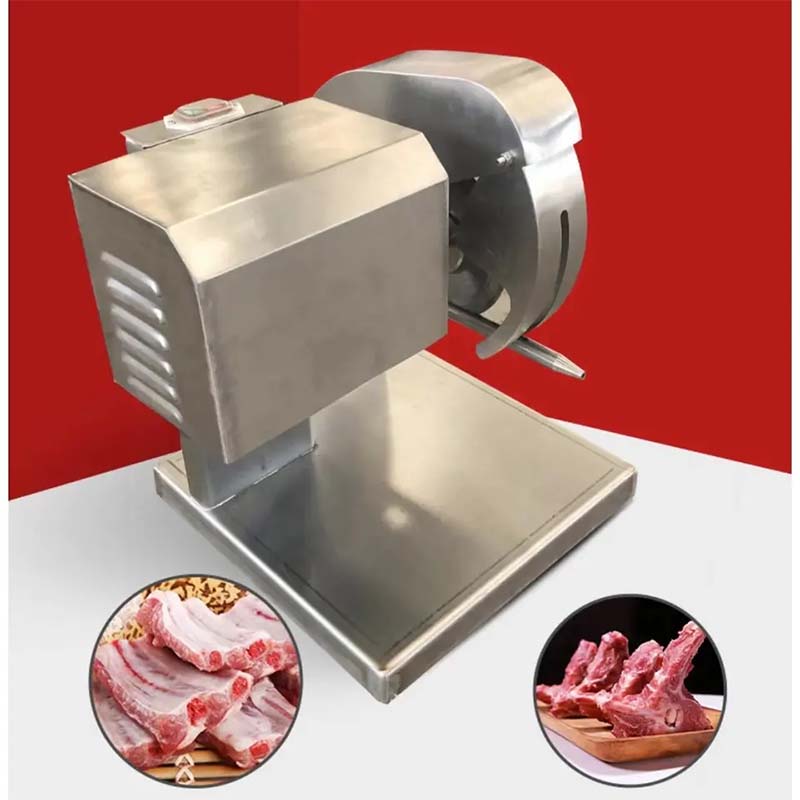automatic feeding cart
Dec . 03, 2024 14:32 Back to list
automatic feeding cart
The Rise of Automatic Feeding Carts in Modern Agriculture
In recent years, agriculture has witnessed a significant transformation driven by technological advancements aimed at increasing efficiency and productivity. Among these innovations, automatic feeding carts have emerged as a crucial tool for livestock farmers, revolutionizing how animals are fed across various types of farms. These automated solutions not only streamline the feeding process but also enhance the overall management of livestock, leading to better animal welfare and increased profitability for farmers.
The Concept of Automatic Feeding Carts
Automatic feeding carts are advanced machines designed to deliver feed to livestock with minimal human intervention. They are equipped with systems that allow them to navigate through barns and pastures, dispensing precise amounts of feed at scheduled times. These carts can be programmed to follow specific routes based on the layout of the farm, ensuring that all animals receive their meals according to their dietary needs.
The technology behind these carts often includes sensors, cameras, and GPS systems that help in mapping the farm and avoiding obstacles. Some models are even equipped with scaling mechanisms to weigh feed accurately before dispensing, ensuring that each animal gets the right amount of nutrition.
Benefits of Automatic Feeding Carts
The adoption of automatic feeding carts offers several compelling advantages
1. Labor Efficiency Traditional feeding methods can be labor-intensive, requiring significant human resources to carry out the daily task of feeding livestock. Automatic feeding carts drastically reduce the need for manual labor, allowing farm workers to focus on other critical tasks, thereby improving overall operational efficiency.
2. Consistency and Precision Consistency in feeding is vital for the health and growth of livestock. Automatic feeding carts provide precise feeding amounts at regular intervals, reducing the chances of overfeeding or underfeeding. This consistency leads to better weight gain, improved health, and enhanced productivity.
automatic feeding cart

3. Time Management Farmers can schedule feeding times in advance, enabling them to allocate their time more effectively. With reliable feeding routines in place, producers can spend less time managing feed distribution and more time on strategic planning and farm management.
4. Improved Animal Welfare The regular and precise feeding offered by automatic systems can lead to better animal welfare. Animals experience less stress as they know when they will be fed, and consistent feeding schedules can promote healthy eating habits.
5. Data Collection and Analysis Many modern feeding carts are equipped with data tracking capabilities that allow farmers to monitor feed consumption patterns and animal growth rates. This data can help farmers make informed decisions regarding feed types and quantities, optimizing their operations further.
Challenges and Considerations
While the benefits of automatic feeding carts are clear, there are also challenges associated with their implementation. Initially, the investment cost can be significant, which may deter some smaller operations from adopting this technology. Additionally, farmers must invest time in learning how to operate and maintain these systems, which can be daunting for those who are less tech-savvy.
Moreover, it's essential to consider the specific needs of the farm and livestock. Farms with unique layouts or specific feeding requirements might need custom solutions to maximize the efficiency of these carts. Thus, working closely with manufacturers to tailor the system to individual farm needs is crucial for a successful implementation.
The Future of Automatic Feeding Carts
As the agricultural sector continues to evolve, the role of automatic feeding carts is set to expand even further. With ongoing advancements in artificial intelligence and machine learning, future models are anticipated to become even more sophisticated. These innovations may include improved navigation systems, enhanced data analytics capabilities, and better compatibility with other farm management systems.
In conclusion, automatic feeding carts represent a significant leap forward in livestock management. Their ability to increase efficiency, promote animal welfare, and streamline operations makes them an invaluable asset for modern farmers. As technology continues to advance, the integration of automated solutions like feeding carts will likely become a standard practice in agriculture, helping to feed the growing global population responsibly and sustainably.
-
Automatic Feeding Line System-Pan Feeder Nipple Drinker|Anping County Yize Metal Products Co., Ltd.
NewsJul.29,2025
-
Hot Sale 24 & 18 Door Rabbit Cages - Premium Breeding Solutions
NewsJul.25,2025
-
Automatic Feeding Line System Pan Feeder Nipple Drinker - Anping County Yize Metal Products Co., Ltd.
NewsJul.21,2025
-
Automatic Feeding Line System Pan Feeder Nipple Drinker - Anping County Yize Metal Products Co., Ltd.
NewsJul.21,2025
-
Automatic Feeding Line System - Anping Yize | Precision & Nipple
NewsJul.21,2025
-
Automatic Feeding Line System - Anping Yize | Precision & Nipple
NewsJul.21,2025






